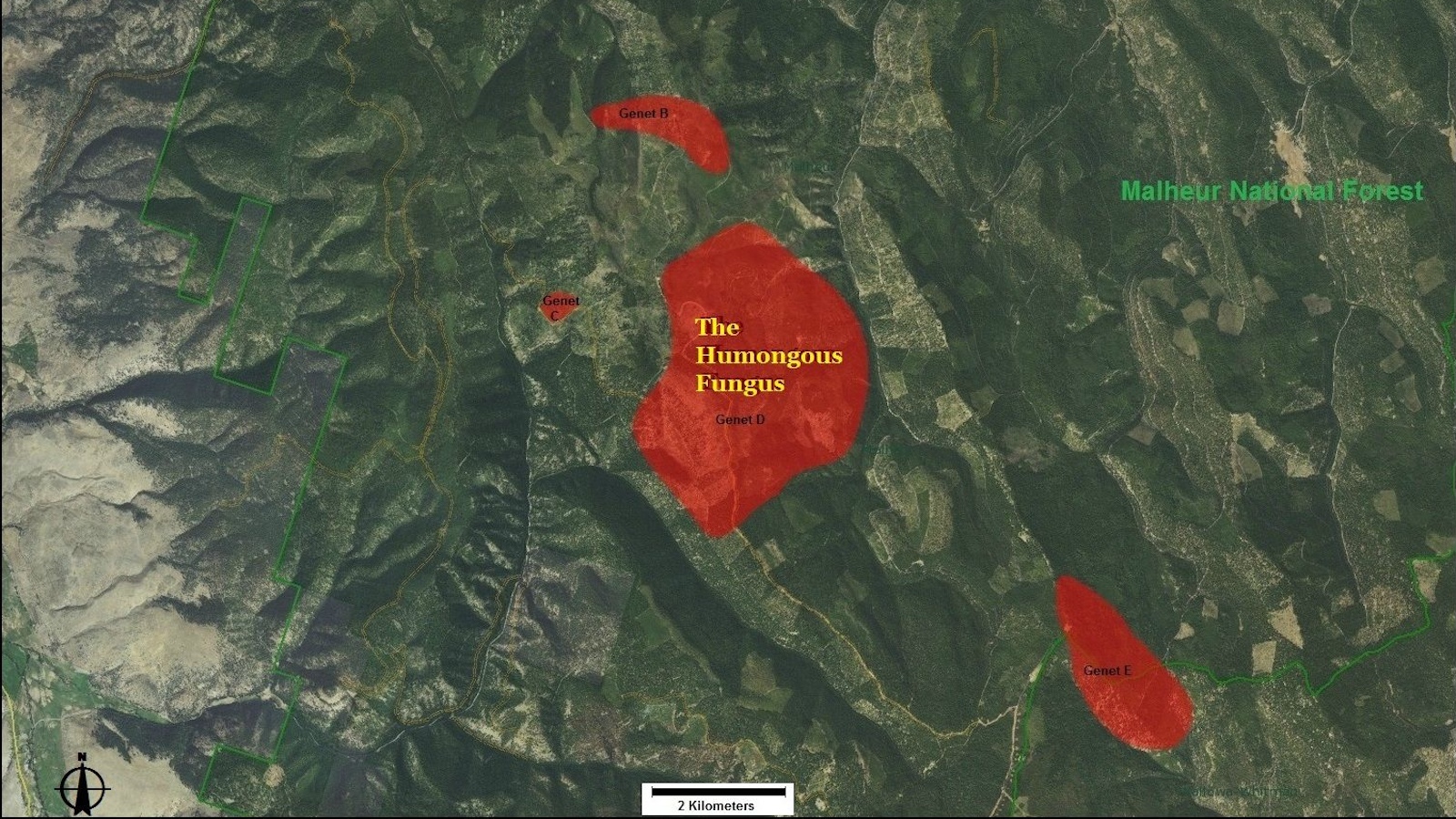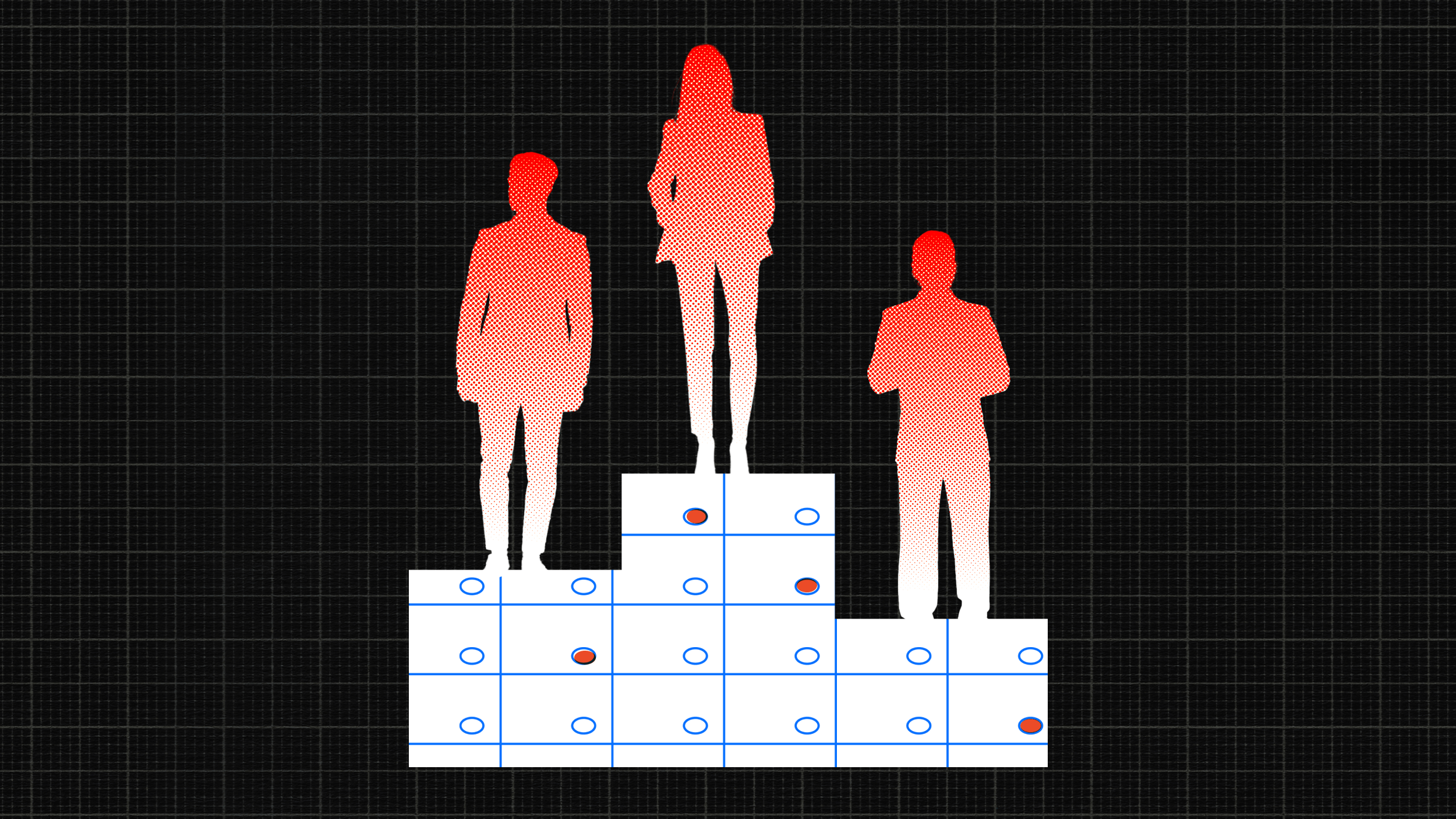Weekend Diversion: The Simplest Solution to Rising CO2
It won’t solve everything, but there’s something we can all do to help sequester carbon. It’s as easy as planting a tree.
“I believe that we are here for each other, not against each other. Everything comes from an understanding that you are a gift in my life — whoever you are, whatever our differences.” –John Denver
A few weeks ago, I had the great pleasure to introduce you to the Forest Man of India, a single individual who planted a forest on an island, reforesting an area larger than central park, restoring the habitat of many displaced species, and single-handedly saving the island from erosion.

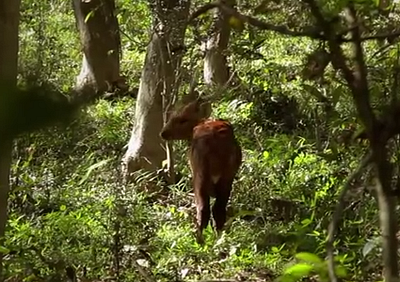
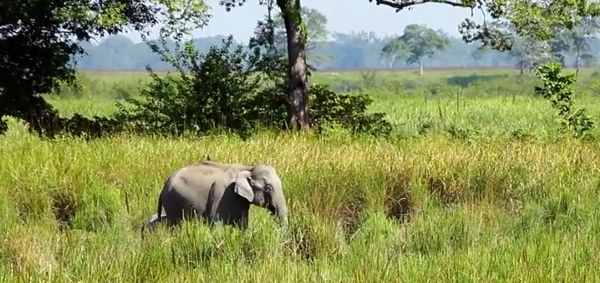
We can’t all devote our lives to something like that, although we can certainly respect and appreciate it when someone does. But what we can do is recognize that there’s presently more carbon dioxide in our atmosphere than there has been at any point in human history, and that scientists are telling us that this is having disastrous effects on our climate. Have a listen to John Denver’s classic song, Take Me Home, Country Roads,
while I share with you something simple you can do about it: plant trees.
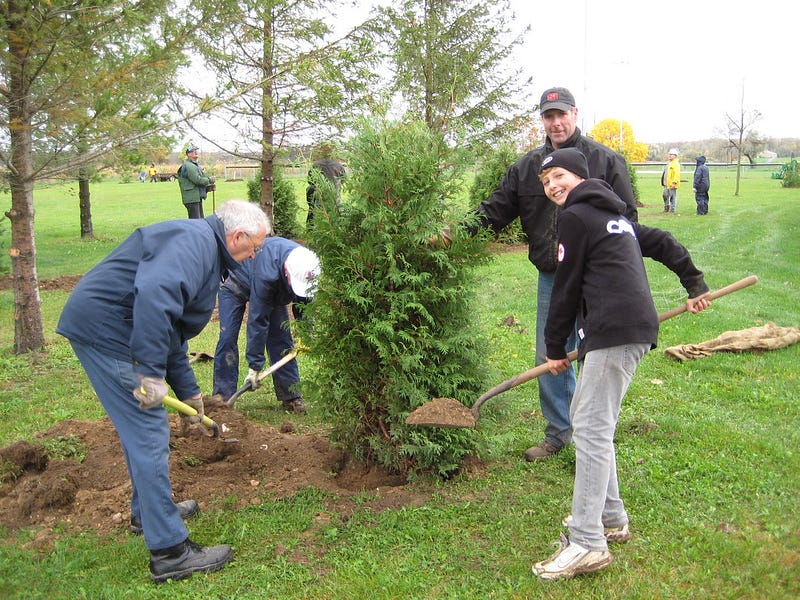
Yes, that’s right, it sounds like the simplest, smallest thing in the world, and yet if we all did it, it would make a tremendous difference over time. Don’t believe me? Let me give you a little history lesson. Those of you who’ve read a little bit about climate history will have heard about the Medieval Warm Period and the Little Ice Age, the latter being defined by NASA as a period beginning in about 1550 where not only were temperatures lower than they are today, but ice core samples in Antarctica show a decrease in atmospheric CO2 as well.
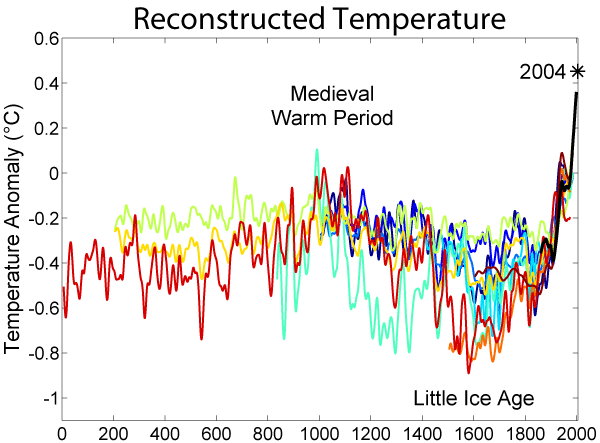
While the cause of the Little Ice Age is up for debate, perhaps the leading theory is that there were major population declines around this time, both in Europe/Asia due to plagues and in the Americas, due to epidemics of disease. (Low solar output and volcanism are competing ideas, and while both may have contributed, they wouldn’t have lowered CO2 as well.)
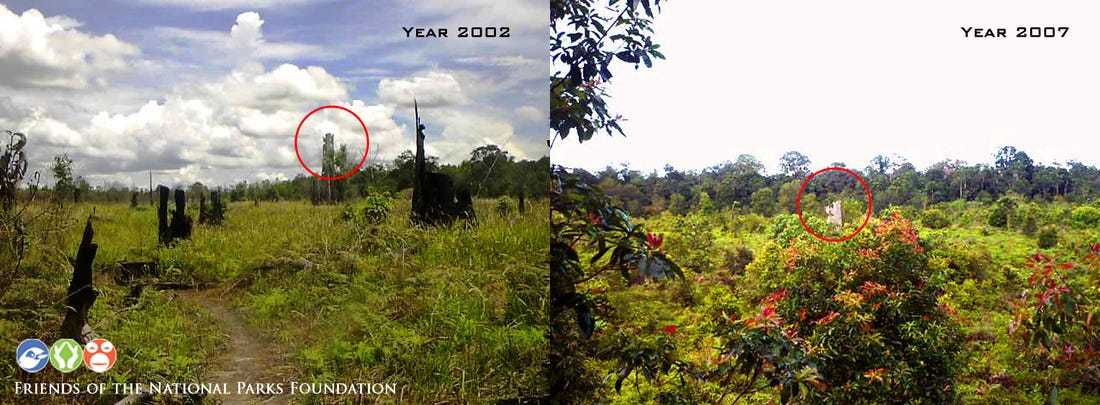
As civilizations crumbled and cities were left uninhabited, a period of intense reforestation occurred, something that can occur remarkably quickly. As the pictures above and below show, what a difference just a few years can make!
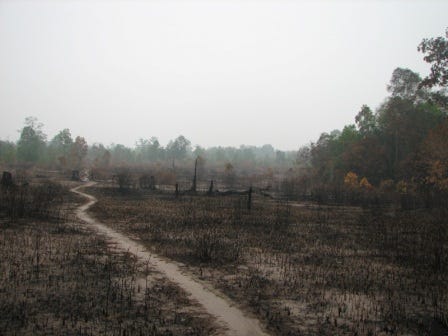
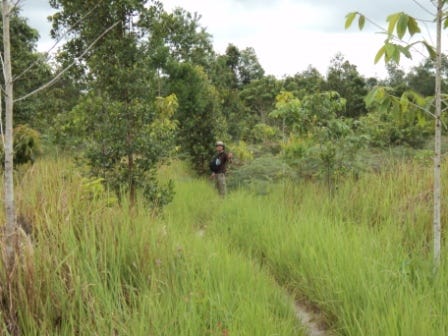
And what you might not know is if you were to take a tree and completely dehydrate/dry it out, you’d find that half of its dry weight was made out of carbon! (Which, of course, is why it makes such good firewood.) Regardless of how you feel about our chances of reducing carbon emissions quickly and significantly, even that alone isn’t going to remove carbon dioxide from our atmosphere.
But doing something as simple as planting trees will.
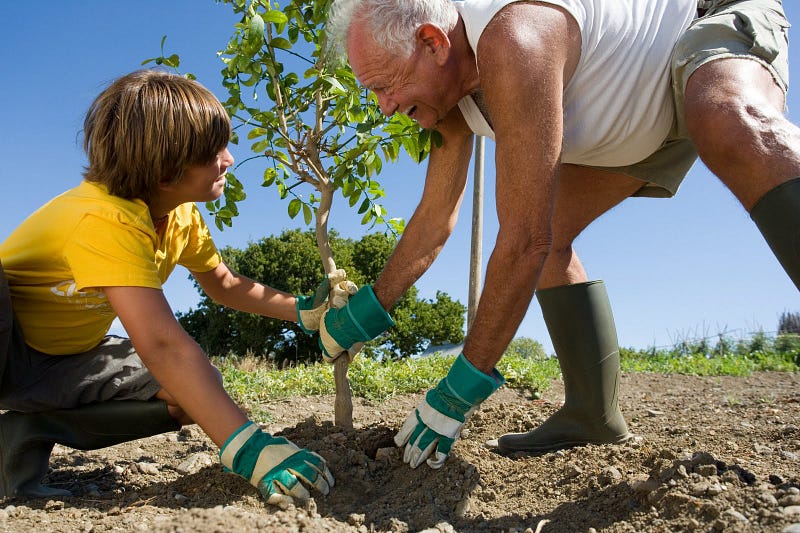
For every year that an acre of trees is allowed to grow, undisturbed, it captures 2.6 tons of carbon per year. A single, healthy tree absorbs an average of 13 pounds of carbon in a year, with many adult trees absorbing three to four times that amount.
And it’s estimated that if every American family planted twenty trees this year, we would have a carbon-neutral year: where the global amount of greenhouse CO2 emitted by humans would be offset by the carbon absorption effects of planting those trees.
Bottom line: the longer those trees live, the better they get at carbon capture.
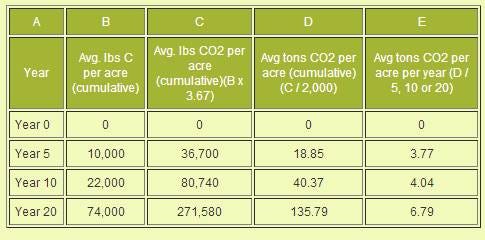
Obviously, planting trees alone won’t stop global warming or reverse climate change, but if you want something major that you can do, planting trees is one of them. Yet I know some of you will have reasons why you can’t do this.
“But trees are expensive, or I don’t have time, or I don’t even own land to plant them on!”
Well, perhaps you didn’t know about something that John Denver himself helped raise awareness of when I was a kid: the Arbor Day Foundation.
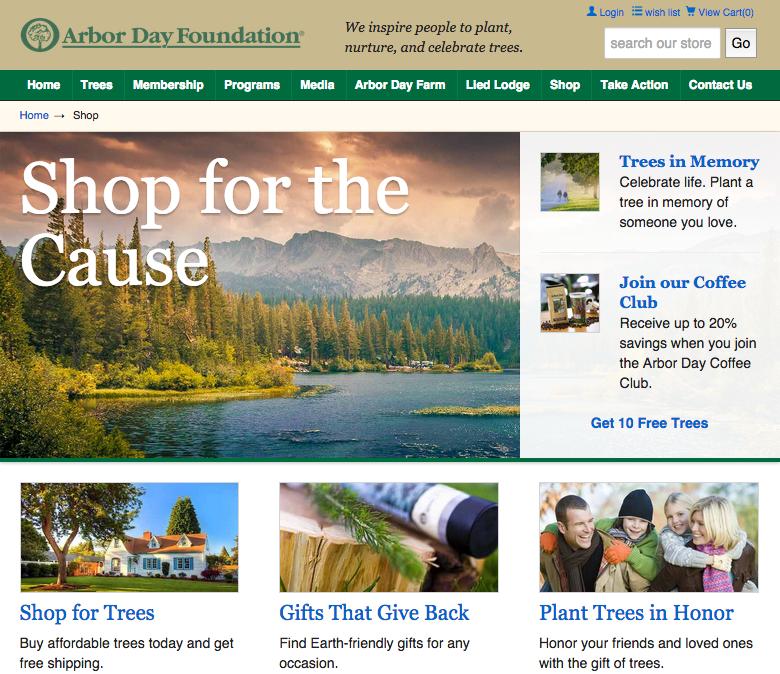
A membership to the Arbor Day Foundation is just $10, they give you 10 free trees that you can either have shipped to yourself for free, shipped to a friend/family member for free, or planted in a threatened rainforest or in an American forest on your behalf.
In addition, trees here are ridiculously cheap, they help you pick ones that are right for your agricultural zone, and they also just send you free “bonus” trees for buying more.

I’m a put-my-money-where-my-mouth-is type of guy, so we’ve planted 39 Arbor Day trees this year (and gave the 40th to a neighbor), and plan on continuing to do what I think we should all be doing: working to make this the world we want to live in by living the example I want us all to be.
This is our last weekend diversion for 2014, and I hope it finds you all well. See you back tomorrow for more wonders of the Universe, and may you all have a safe, happy and healthy new year!
Leave your comments at the Starts With A Bang forum on Scienceblogs! And if you missed our last edition of Comments of the Week, check them out here, too!
